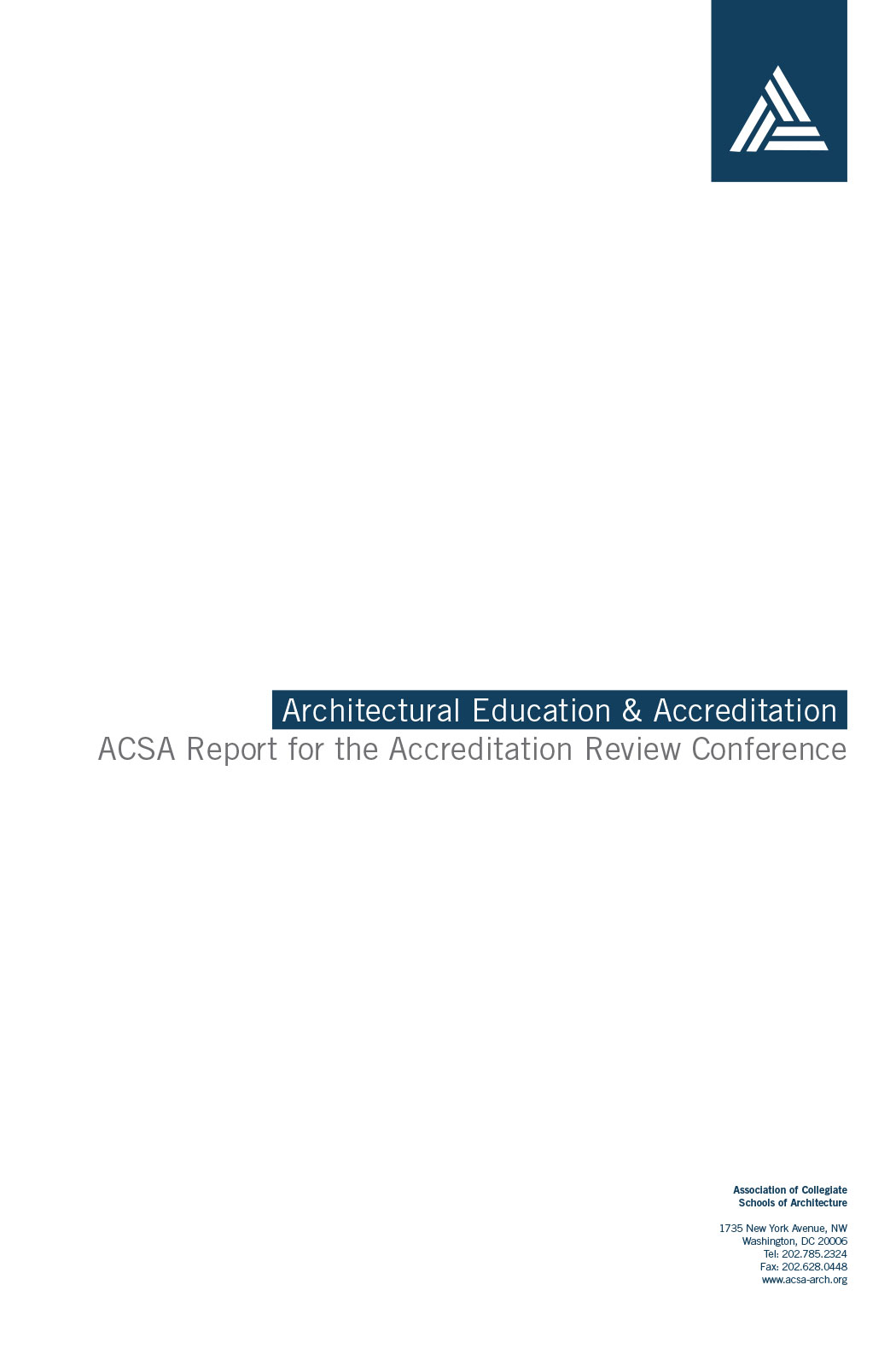By Michael J. Monti
Last week Oliver Wainwright published a blog post on The Guardian (“Towering Folly: Why Architectural Education in Britain Is in Need of Repair”) that the U.K. system needed an overhaul, citing three examples where this is under consideration. The shortest version of the reasoning is familiar: students emerge from a long education and training process with too much debt and too few job prospects.
In the U.K. the typical route is a three stage system involving 5 years of education and a minimum of 2 years of practice. The duration for education and training in the United States seems to be even longer. Last July NCARB reported that on average it took people eight years after graduation to achieve the license. (see NCARB by the Numbers).
Wainwright cited work by a group of educators that concludes the existing U.K. requirements “inhibit widening participation” and “create an artificial barrier to the profession based solely on a student’s willingness to accept high levels of personal debt” (see story at Building Design).
In less than two months, ACSA will represent our member schools at the next NAAB Accreditation Review Conference, where NAAB will consider revisions to its Conditions for Accreditation. Our position holds that accreditation needs to be streamlined and that school engagement with the realities of practice should be sharpened.
In short, architecture schools need flexibility to experiment with curricula and live up to their obligation to prepare students to take advantage of evolving opportunities for careers in the design, construction, and stewardship of the built environment.
But are more radical changes needed, whether with the details of NAAB’s Conditions or beyond? What if students could graduate with a license, more along the lines of the systems outside the United States?
Please comment below or email arc@acsa-arch.org.
 |

 Study Architecture
Study Architecture  ProPEL
ProPEL 